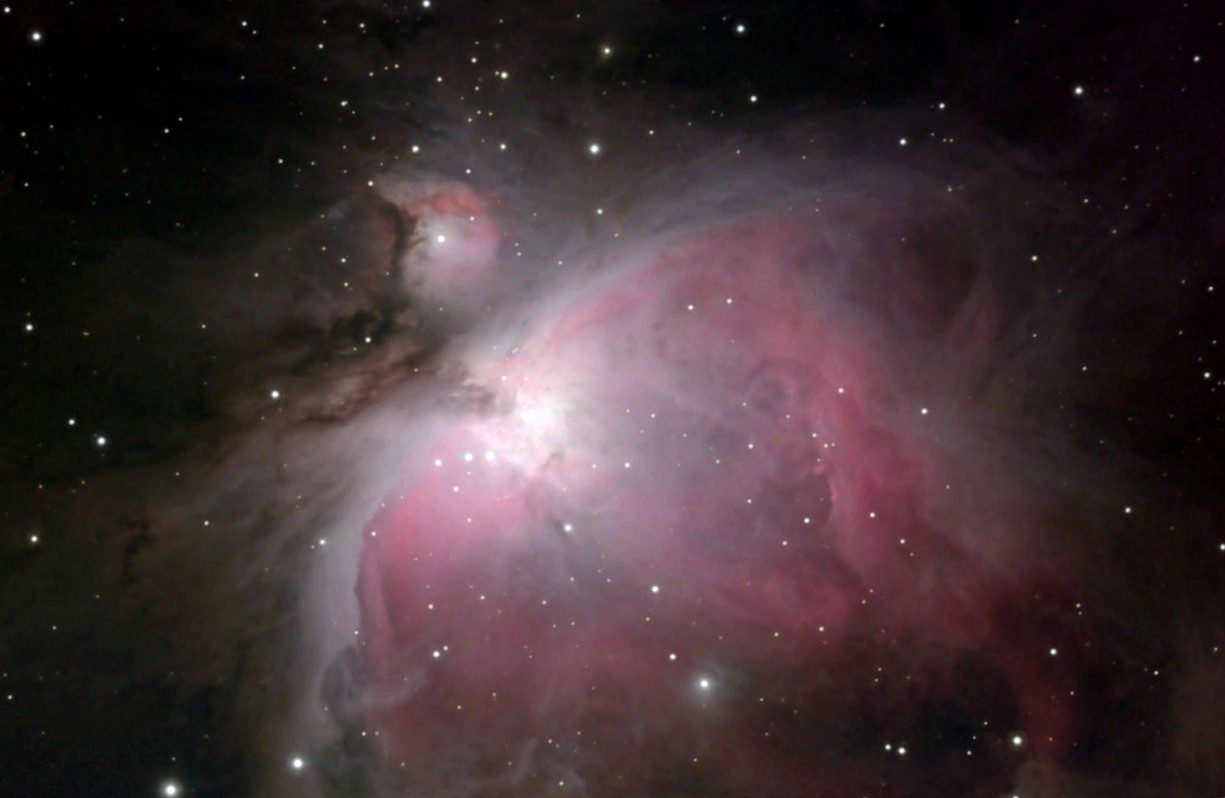
An astronomy day with an "evening of the open door", the observatory feuerstein offers an astronomy day with a lecture and the possibility to observe at the telescopes (depending on the weather) on saturday, 30. March, from 5 to 10 p.M. On. Parking is possible at the airfield feuerstein (in front of the camping site). The entrance fee is five euros.
Not only the expert, but also the beginner will be offered information about the sky and what can be seen there.
The event began at 5 p.M. With sun observation until shortly before sunset. In the morning the constellations are shown, later, when it is dark, selected objects can be observed in the telescope.
The lecture "our planetary system by frank fleischmann, the director of the observatory, starts at 5 pm.3 p.M. He will answer questions like: what are the distances in space and how can they be measured?? What distinguishes stars, sun, planets and moons?? How did they come into being and where do they go?? At 18.15 o’clock follows the lecture "seasons and eclipses" by fritz lappert. How the sun and the moon move? What shadow plays and light effects are there?.
At 7 p.M. "The universe and the peculiarities of the spring sky" with christina birkenhake and werner stupka in many areas of life the sky and the stars play a significant role. Why are the days much longer in summer than in winter? ? Why do we see different constellations in winter than in summer?? Why is the moon and the planets higher in the sky in winter than in the warmer months?? Where do the signs of the zodiac come from? To such and other "heavens-questions the presenters want to answer.
The spring starry sky
The main focus will be to explain the spring sky and to show how to find the respective constellations in the sky, where the signs of the zodiac come from and which myths surround the spring constellations. In the imposing constellation of orion, the dying giant star betelgeuse can be seen, which is expected to end soon in a gigantic supernova. At the center is the gigantic emission nebula M42. The lecture will last about 90 minutes. After the lecture, the constellations and celestial objects will be shown or viewed through the telescopes of the observatory. Provided of course that the sky is cloudless.
From 20.40 to 21.40 o’clock shooting stars are observed and there is a quiz with frank fleischmann. Among other things, there will be three "shooting stars" to win, stones that fell from the sky.
Journey to the airport
The organizing association "sternwarte feuerstein" asks visitors to park at the airfield and to walk the last 500 meters to the observatory. The access to the observatory is closed for cars (exception disabled persons with disabled pass). Flashlights are not needed. They dazzle rather than help you see better at night.